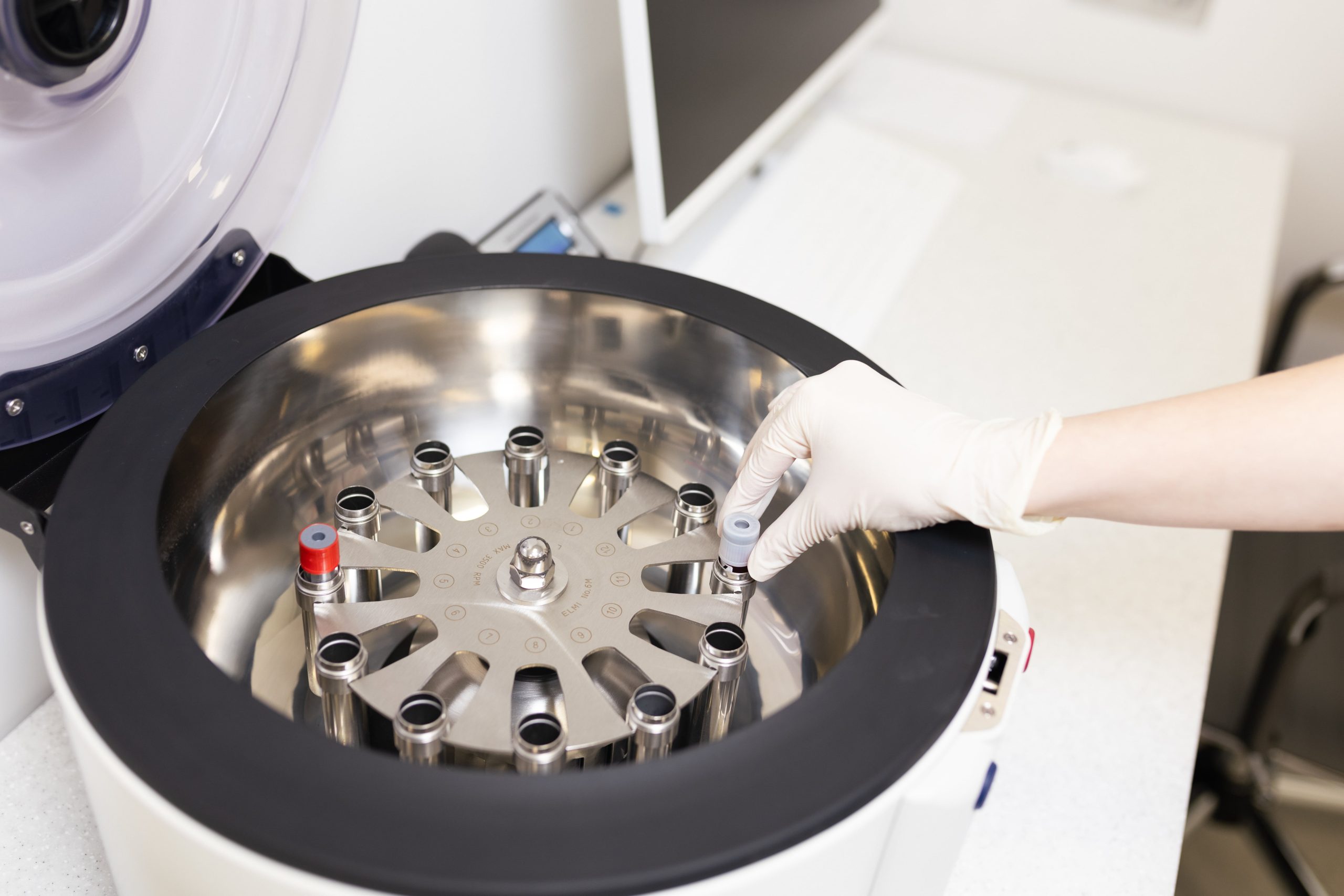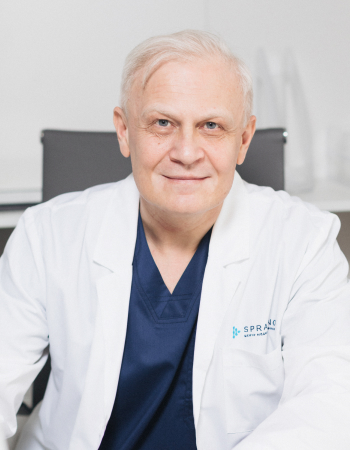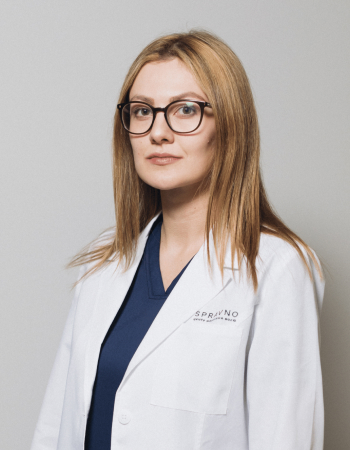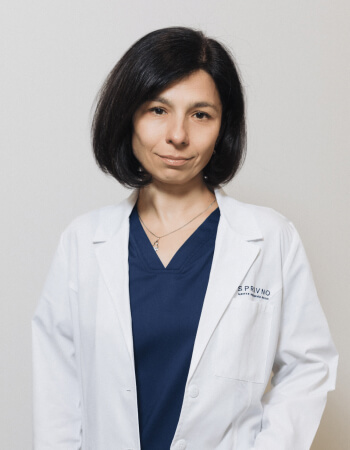In recent years, a new method of treating chronic pain in tendons, ligaments and joints has become widespread in developed countries – injections of platelet-rich plasma (PRP). Today, this technique has a large evidence base according to numerous studies.
The healing of injuries can be delayed due to insufficient blood supply to the affected area. Tendons, ligaments and joints have poor blood supply compared to bones, skin and other tissues. This makes them prone to repeated injuries, in particular, microtraumata during certain professional or sports activities, and causes prolonged healing time and consistent pain.
Platelets are a natural factor for healing damage in the body. They contain eight fundamental protein growth factors that have been shown to be actively secreted by platelets to initiate the healing process and cause capillary growth, repair of connective tissue fibers and cartilage, and ultimately pain reduction.
The idea behind platelet-rich plasma (PRP) injections is to create a high concentration of the said protein growth factors in areas and tissues where the body cannot create it due to low blood supply. PRP is made from the patient’s own blood. After centrifugation, blood cells such as erythrocytes and leukocytes are removed, leaving the liquid part of blood (plasma) with a high concentration of biologically active blood components, i.e., platelets.
PRP injections are delivered under ultrasound guidance.
- Lateral epicondylitis (known as “tennis elbow”, although only 10% of patients play tennis)
- Medial epicondylitis (known as “golfer’s elbow”, although it is more often caused by occupational factors, such as gripping and carrying loads exceeding 20 kg)
- Hip pain due to osteoarthritis and labrum tears
- Pain in the knee joint due to osteoarthritis and soft tissue injuries
- Shoulder pain, including acromioclavicular joint and rotator cuff injuries
Patellar tendinosis (“jumper’s knee”) - Reconstruction of the anterior cruciate ligament and the medial collateral ligament of the knee
- Achilles tendinitis
- Plantar fasciitis, popularly known as “heel spur”
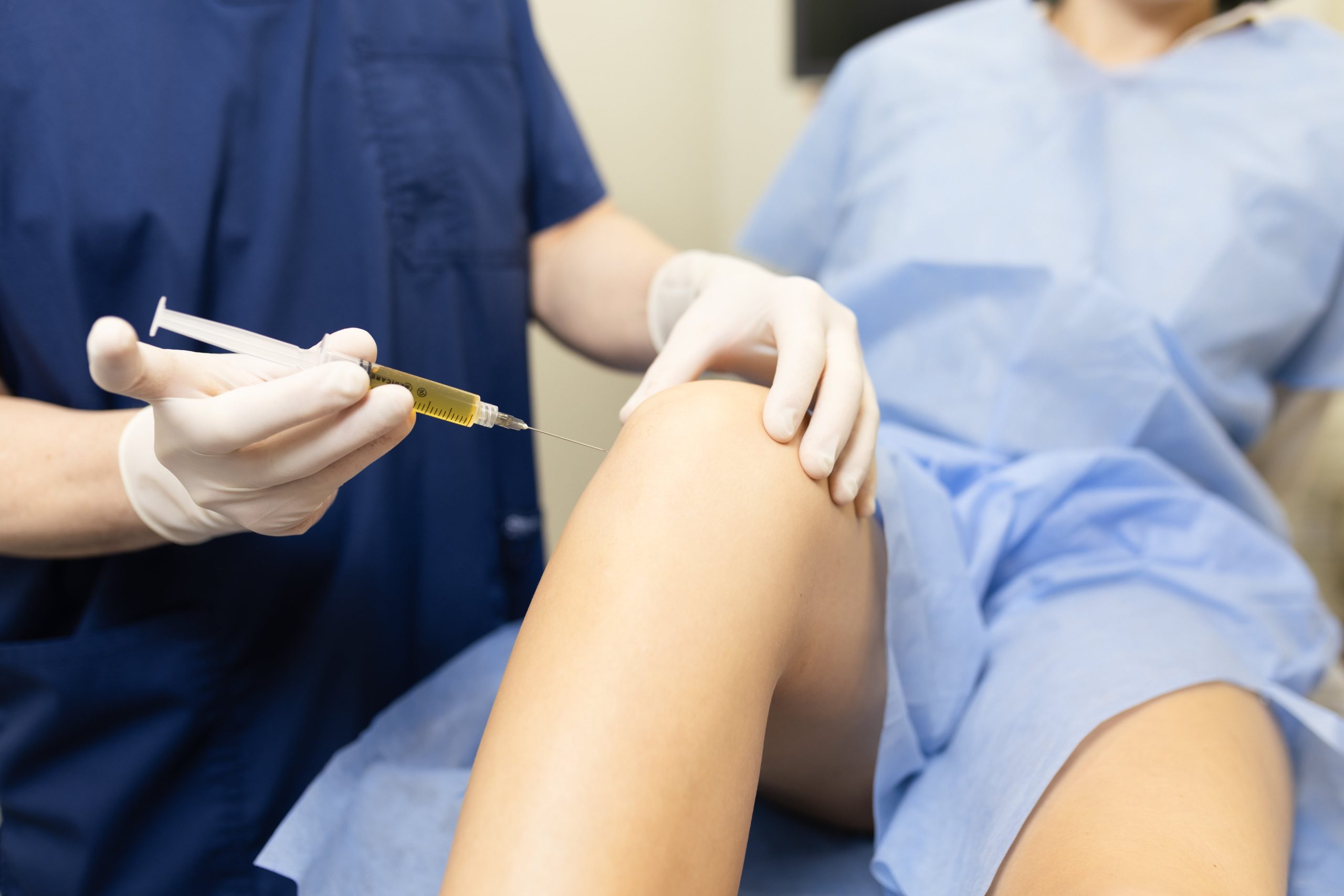
- The most successful combination of physical therapy, drug treatment, and psychotherapy for maximum effect
- Patient involvement and active role in the treatment process
- A wide range of indications for use
- Proven effectiveness and lasting results
- SPRAVNO offers evidence-based medications and techniques defined in the international pain treatment protocols
- SPRAVNO implements a multidisciplinary approach thanks to which each patient receives an optimal treatment strategy
- SPRAVNO offers complex therapy along with careful monitoring of the patient’s condition to ensure a timely change of treatment modalities if the need arises
Take care of yourself by trusting professionals. The SPRAVNO team are specialists from various fields, united by common values and a professional outlook.
Don’t wait, contact us today, and tomorrow your life may have more joy, confidence and efficient movement!
